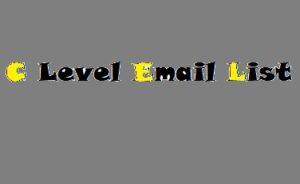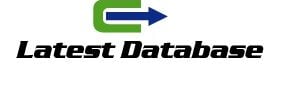In the fast-paced world of digital marketing, Crafting Effective C-Level email campaigns remain a powerful tool for reaching potential customers and nurturing existing ones. However, when it comes to targeting C-level executives, a one-size-fits-all approach won’t suffice. C-suite professionals receive a barrage of emails daily, making it crucial to develop tailored and impactful email templates that cut through the noise. In this blog post, we’ll explore how to create effective C-level email templates that grab their attention and drive meaningful engagement.
Understanding Your C-Level Audience
Before diving into email template creation, it’s Audit Directors Auditor Email List essential to understand your C-level audience thoroughly. C-suite executives have busy schedules and high expectations. To resonate with them, you must be aware of their pain points, priorities, and objectives. Conduct thorough research to identify industry trends, challenges faced by C-level executives, and their preferences in receiving communication. This knowledge will serve as the foundation for crafting personalized and relevant emails.
The subject line is the gateway to your email; it must be captivating and concise. Avoid generic phrases and instead, use personalized subject lines that demonstrate value. Mentioning industry insights or addressing a specific pain point can entice C-level executives to open your email.
Greeting – Personalization Matters
Address the recipient by name and use the appropriate B2B Lead title. Personalization goes beyond just the name; incorporate insights about their role, company achievements, or recent industry activities to demonstrate that your message is tailored to their needs.
In the opening paragraph, clearly state your purpose and why you are reaching out to them specifically. Highlight the common ground you share or any shared connections to establish credibility and relevance. Make it clear that you’ve done your research and understand their unique challenges.
The body of your email should focus on the value your product or service offers to the recipient’s organization. Be concise, avoiding excessive jargon or technical language. Use data-driven insights, case studies, or success stories to showcase the tangible benefits they can gain from working with your company.
Create a clear and compelling call-to-action (CTA) that aligns with the recipient’s priorities. Avoid generic CTAs like “Click here” and instead use action-oriented language that prompts the recipient to take a specific next step, such as scheduling a meeting, exploring a demo, or downloading a resource.







